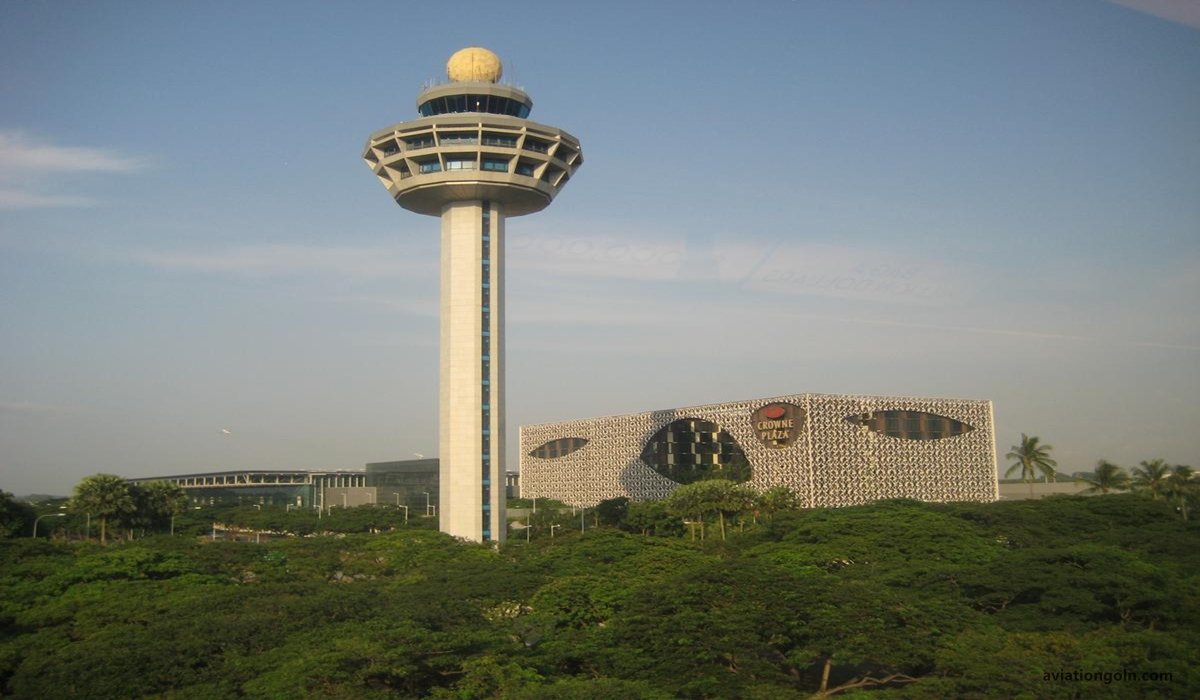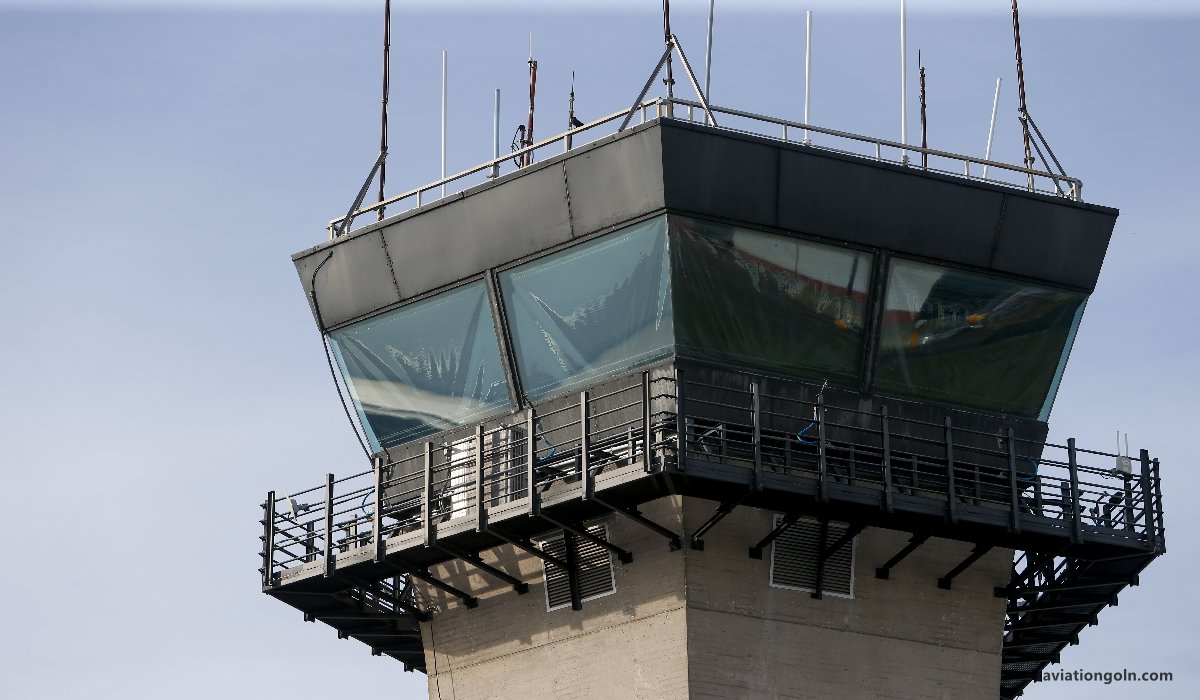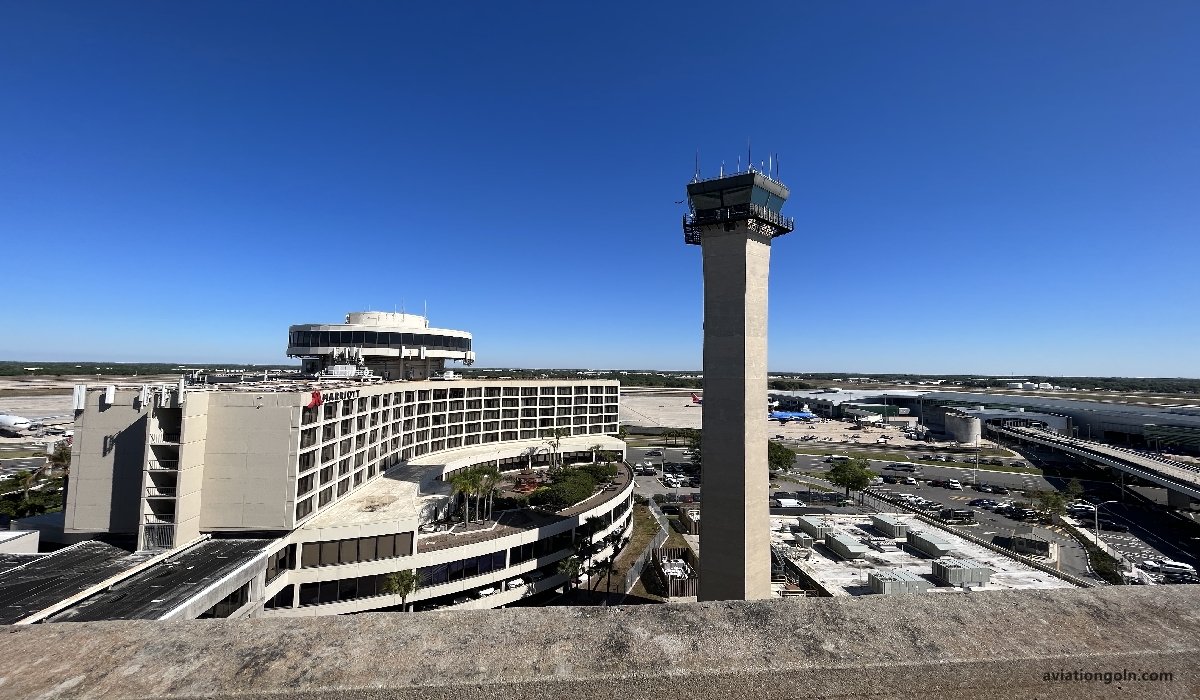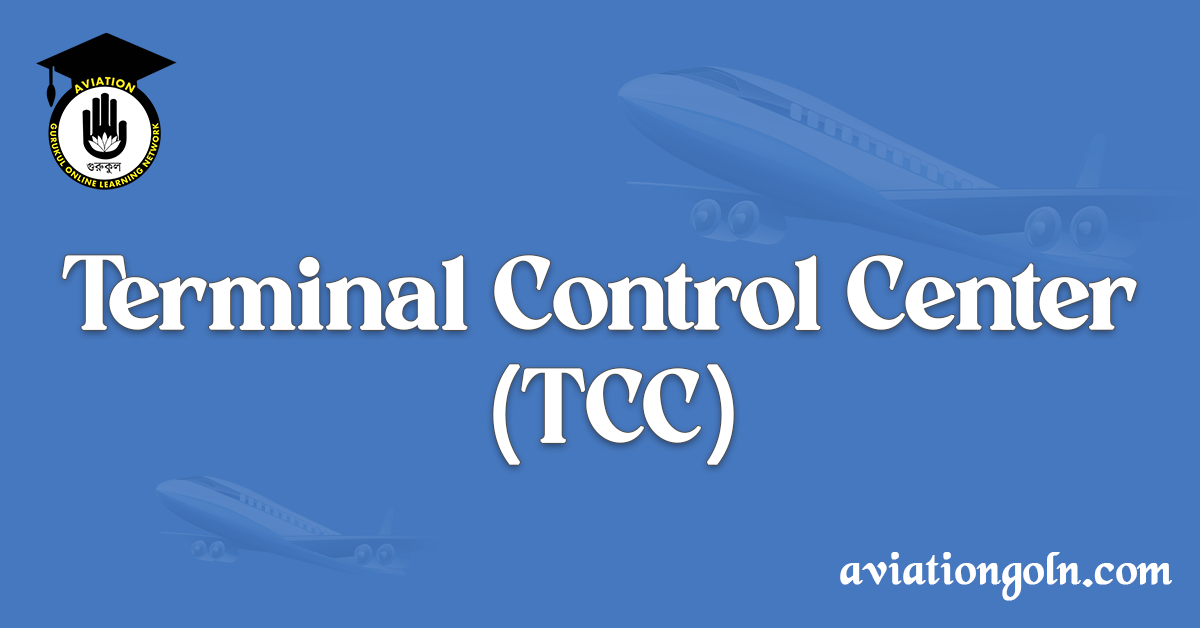Terminal Control Center (TCC): Air travel has revolutionized the way we explore the world and conduct business. As aircraft crisscross the skies, it is vital to ensure their safe and efficient movement, both in the air and on the ground. One of the integral elements in ensuring this smooth operation is the Terminal Control Center (TCC). These facilities form an essential part of the air traffic control system, managing the complex dance of aircraft as they take off, land, and maneuver around busy airports.
Terminal Control Center (TCC)

Understanding the Terminal Control Center (TCC)
To fully appreciate the role of the Terminal Control Center, we must first understand its place in the broader context of air traffic control. The air traffic control system is divided into several sectors, each responsible for a specific portion of airspace and its associated aircraft movements. These sectors include the Air Route Traffic Control Centers (ARTCCs), which manage high-altitude, long-distance flights; the Terminal Radar Approach Control (TRACON) facilities, which handle aircraft as they ascend from and descend into airports; and the Air Traffic Control Towers (ATCTs), which oversee the immediate vicinity of the airport, including runways and taxiways. The Terminal Control Center (TCC) typically refers to the TRACON facilities.
Terminal Control Centers are usually located in proximity to the major airports they serve, although they can sometimes be found at a distance, especially in areas with multiple airports close together. These centers are equipped with state-of-the-art radar systems and advanced communication equipment that enable air traffic controllers to monitor and guide aircraft within their jurisdiction.

The Vital Role of TCCs in Air Traffic Management
The primary responsibility of a Terminal Control Center is to manage the flow of air traffic in the terminal area, which generally encompasses a radius of about 40 miles from the airport and extends up to an altitude of about 10,000 feet. This area is where aircraft prepare for landing or climb to cruising altitude after takeoff, making it one of the busiest and most complex sections of airspace.
TCCs play a critical role in sequencing inbound and outbound aircraft, ensuring that they maintain safe distances from each other. When an aircraft departs from an airport, it’s handed off from the control tower to the TCC, which guides the aircraft’s climb and directs it to the appropriate route for its destination. Conversely, for inbound flights, the TCC takes over from the ARTCC, guiding the aircraft through its descent and lining it up for final approach to the airport.

Inside the TCC: Controllers and Technology at Work

Inside a Terminal Control Center, you will find air traffic controllers working diligently at radar scopes, communicating with pilots, coordinating with other controllers, and making split-second decisions to ensure the safety and efficiency of air traffic. The work environment in a TCC is often intense and fast-paced, requiring a high level of skill, concentration, and decision-making ability.
The technology used in TCCs includes advanced radar systems that provide controllers with real-time information about each aircraft’s location, altitude, speed, and flight path. Controllers also use sophisticated communication systems to maintain constant contact with pilots and coordinate with other air traffic control facilities. Moreover, modern TCCs employ advanced automation and decision-support tools that assist controllers in managing complex traffic scenarios, predicting potential conflicts, and optimizing the flow of traffic.

The Evolution of Terminal Control Centers
Terminal Control Centers have undergone significant evolution over the years, driven by advances in technology and the increasing complexity of air traffic. In the early days of air traffic control, TCCs were equipped with primary radar systems that could only detect an aircraft’s location. Today, they use secondary radar systems that receive additional information from the aircraft’s transponder, including its identity and altitude.
Moreover, modern TCCs are transitioning towards the use of Next Generation Air Transportation System (NextGen) technologies. These include Automatic Dependent Surveillance-Broadcast (ADS-B), which provides more accurate and reliable aircraft tracking than traditional radar, and the Terminal Flight Data Manager (TFDM), a decision-support tool that helps optimize the flow of traffic on the ground and in the terminal airspace.

Challenges and the Future of TCCs
Despite the critical role they play, Terminal Control Centers face numerous challenges. The increasing volume of air traffic is putting more pressure on TCCs and their staff. Additionally, the ongoing integration of unmanned aircraft systems (drones) into the airspace adds a new level of complexity to air traffic management.
Looking towards the future, TCCs are expected to continue evolving with advances in technology. Concepts like artificial intelligence and machine learning hold promising potential for improving air traffic management efficiency and predicting and mitigating potential conflicts. However, it’s crucial to remember that, while technology will continue to augment and support their roles, the human air traffic controllers working within TCCs will remain the key to maintaining the safety and efficiency of our skies.

Terminal Control Centers are the nerve centers of air traffic control, playing a crucial role in ensuring the safe and efficient movement of aircraft in some of the busiest and most complex sections of airspace. Behind their unassuming exteriors, these facilities buzz with activity, where skilled air traffic controllers work with advanced technology to orchestrate the complex ballet of air traffic. As air travel continues to evolve and grow, so too will the importance and capabilities of our Terminal Control Centers. They stand as a testament to human ingenuity and the relentless pursuit of safety in the ever-expanding frontier of aviation.
